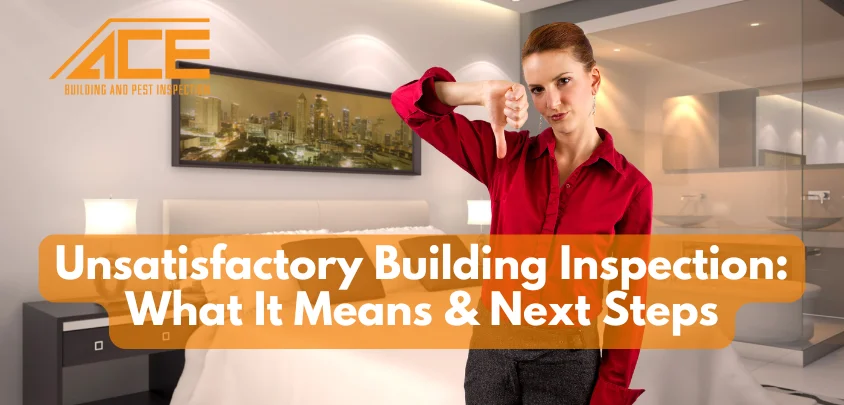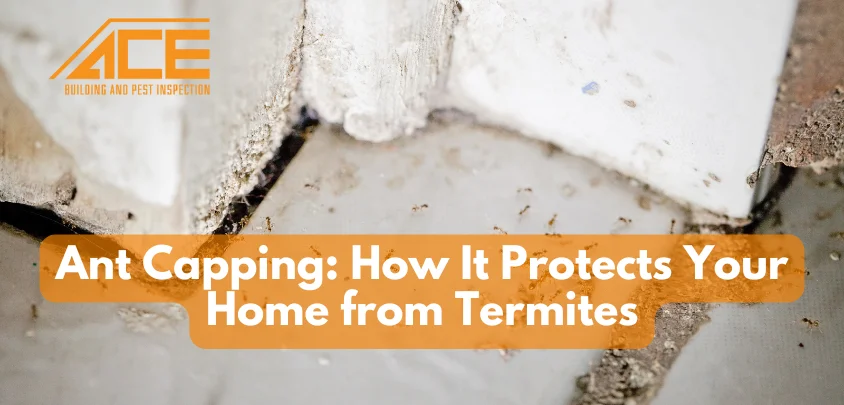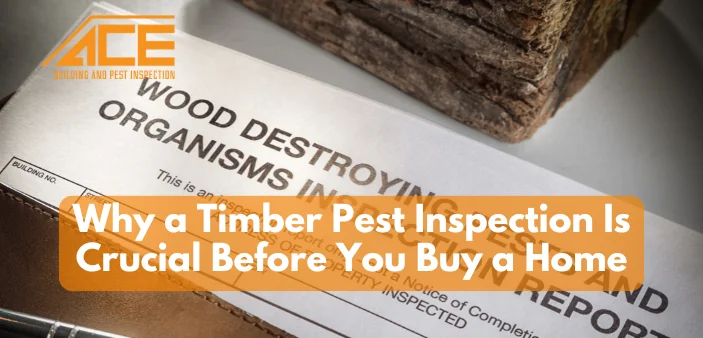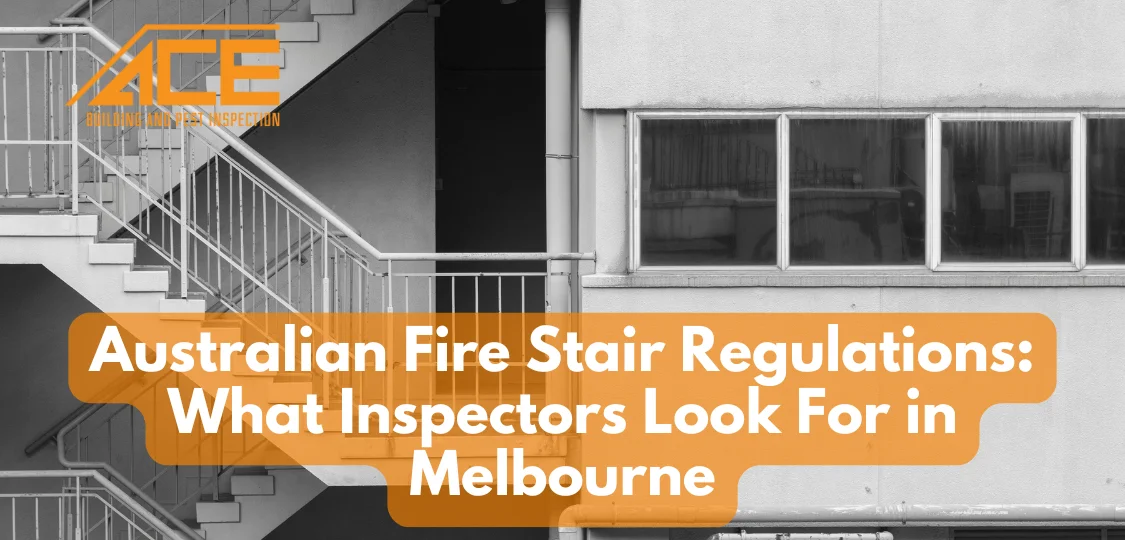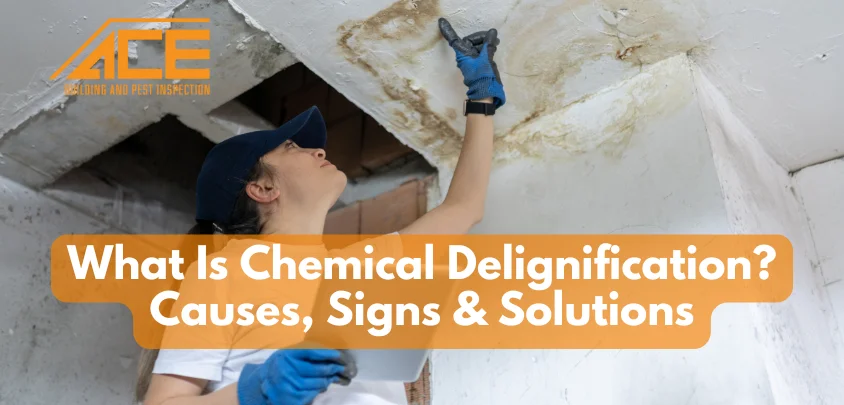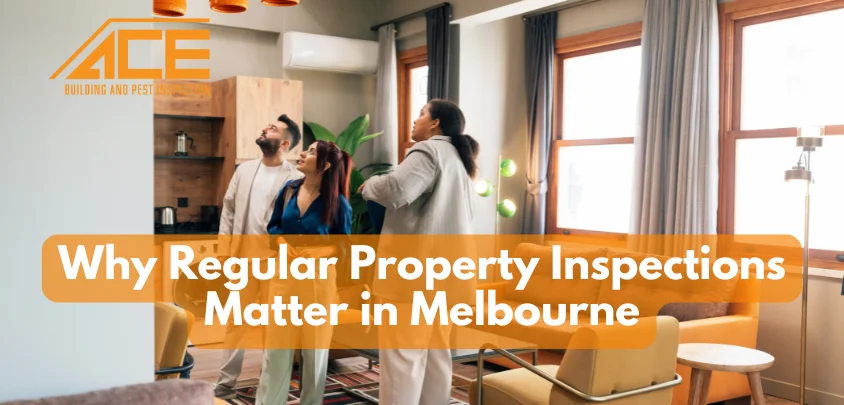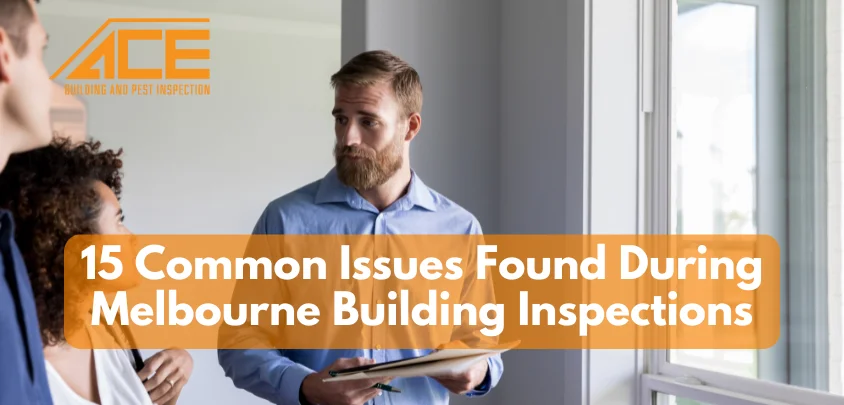Table of Content
An unsatisfactory building inspection can be a bit of a shock, but it doesn’t have to be a deal-breaker. Whether you’re buying, selling, or investing in property, receiving an unsatisfactory building inspection report could potentially mean that the property has significant issues that need to be addressed. These problems could range from minor cosmetic flaws to major structural defects, all of which can affect the property’s structural integrity, safety, value, and livability. Knowing what an unsatisfactory inspection report means and what steps to take next is key to navigating these challenges and making informed decisions.
What Is a Building Inspection?
A building inspection is a detailed check-up on the current state of a property, usually carried out by a licensed professional. It’s meant to give buyers, sellers, or property owners a clear picture of the property’s overall condition. Building Inspections cover a wide range of areas, such as boundaries, paving areas, walls, windows, doors, plumbing, electrical systems, roofing and pest infestations, mainly to identify any major structural concerns.
If the inspection report comes back as “unsatisfactory,” it means the inspector has found serious issues that might affect the property’s value, structural integrity, safety, or overall livability. Handling an unsatisfactory inspection properly is important, whether you’re buying, selling, or investing in property.
What an Unsatisfactory Building Inspection Means
An unsatisfactory inspection could highlight a variety of issues, ranging from minor concerns to major, including serious health and safety concerns. Some common issues that might be flagged include:
1. Structural Issues
- Cracked foundations
- Subsidence concerns
- Out-of-level floors
- Compromised structural roofing timbers
- Extensive termite damage
2. Plumbing Problems / Drainage
- Leaky pipes or faucets
- Low water pressure
- Blocked or damaged drains
- Inadequate gradient around the perimeter
- Defective underground drainage (earthenware pipes)
3. Electrical Hazards
- Faulty or outdated wiring
- Unsafe electrical panels
- Installations that don’t meet current standards
4. Roofing Deficiencies
- Missing or broken roof tiles or shingles
- Deterioration of mortar to hip & ridge tiles
- Leaks or water damage
- Weak roof structure
5. Pest Infestations
- Termite activity
- Rodents or other pests causing damage
6. Mould and Moisture Issues
- Rising or lateral damp concerns
- Poor ventilation that encourages mould growth
- Health risks associated with mould or mildew
7. Safety Concerns
- Broken or unstable staircases or railings
- Hazardous materials like asbestos or lead-based paint
- Fire safety violations or missing safety features
- Safety restrictors on windows from a height
Next Steps After an Unsatisfactory Inspection
If your building inspection report isn’t looking great, don’t worry just yet. There are several practical steps you can take depending on whether you’re a buyer, seller, or investor.
For Homebuyers
1. Go Over the Report in Detail
- Look at the issues carefully. Although some of the defects may be listed as a major defect it might be easy to fix at little cost, while other defects could be serious enough to reconsider the purchase.
2. Chat With the Inspector
- Discuss the findings with the inspector to understand how serious the issues are. They can help explain what’s urgent and what can wait.
3. Get Repair Quotes
- If repairs are needed, get some estimates from local tradies. This can help you work out whether the property is still worth buying, considering repair costs.
4. Negotiate With the Seller
- If there are big problems, you can:
- Ask the seller to amend the issues before you go ahead.
- Request a price reduction so you can cover the cost of repairs.
- Ask for a credit towards the closing costs.
- Walk away from the deal if the issues are too severe.
5. Consider a Second Opinion
- If you’re unsure about the severity of the issues, it might be worth getting a second opinion from another inspector.
For Home Sellers
1. Understand the Issues
- Take a good look at the report. Identify any big problems that could scare off potential buyers.
2. Decide Whether to Fix the Issues
- You might want to fix the major problems before putting the property on the market. This can help boost your property’s value and prevent any unpleasant surprises during the buyer’s inspection.
3. Be Honest with Buyers
- If you decide not to fix any issues, be upfront with potential buyers about them. Transparency can help build trust and avoid problems further down the line.
4. Consider Adjusting the Price
- If you don’t want to do repairs, adjusting the price can make the property more appealing despite its issues.
For Real Estate Investors
1. Evaluate the Investment Potential
- Some investors may see an unsatisfactory inspection as an opportunity to buy a property for a lower price and add value by fixing the problems.
2. Factor in Repair Costs
- Work out the total cost of repairs to determine whether the property is still worth investing in. Don’t forget to factor in any unexpected costs.
3. Re-Negotiate or Walk Away
- If the repairs are too expensive or the property isn’t worth the hassle, it might be better to walk away from the deal.
How to Prevent an Unsatisfactory Building Inspection
While you can’t predict everything, there are some steps you can take to avoid nasty surprises later on.
For Buyers
- Hire a Good Inspector
Choose an inspector with a solid reputation. A thorough inspection can save you a lot of hassle down the track. If you are in Melbourne, you can contact ACE Building and Pest Inspection. We provide comprehensive building inspection services in Melbourne.
- Ask for a Pre-Sale Inspection
If the seller has already had an inspection done, ask to see the report. This can give you an idea of what to expect.
- Visit the Property More Than Once
Take the time to visit the property a few times. Look out for any visible signs of damage or wear that could signal bigger problems.
For Sellers
- Get a Pre-Listing Inspection
Consider getting an inspection before you put the property up for sale. Fixing issues before buyers spot them can save you from deal-breakers down the line.
- Take Care of Small Repairs
Even if you don’t fix big issues, addressing minor maintenance tasks, like a fresh coat of paint or repairing broken tiles, can make a difference.
- Have Maintenance Records on Hand
If you’ve kept records of ongoing maintenance and repairs, have them available for potential buyers. It shows the property has been well looked after.
For Investors
- Work with Experienced Inspectors
When dealing with investment properties, choose inspectors who understand the specific needs of investors. They can help spot issues that might be overlooked by general inspectors.
- Factor in Renovation Costs
Always budget for repairs and renovations before making an offer on a property.
- Be Cautious About Severe Issues
Avoid properties with major structural or foundational problems unless you’re prepared to sink money into serious repairs.
Conclusion
An unsatisfactory building inspection doesn’t have to be the end of the road for a property deal. Whether you’re buying, selling, or investing, understanding the issues and taking the right steps can help you navigate the situation. By using the inspection report to your advantage, negotiating effectively, and being transparent, you can still make smart decisions and turn the situation around.
More Resources:
